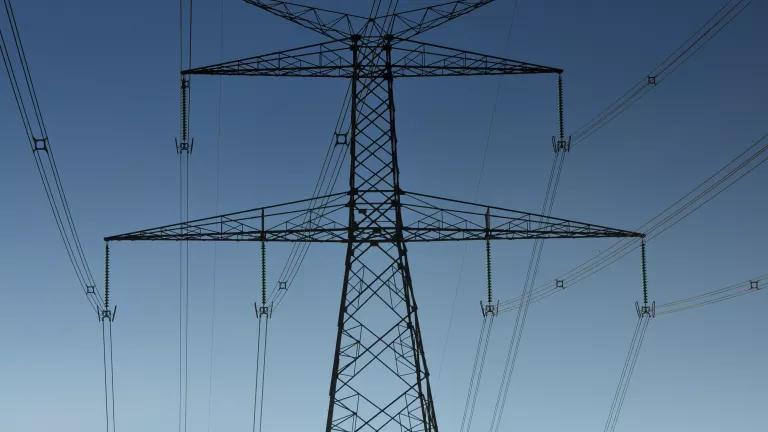DP&L Settlement Protects Customers while Driving Innovation

Andre Roberto Doreto Santos https://flic.kr/p/agT4yZ
For the first time in nearly a quarter century, Dayton Power and Light (DP&L) recently filed a formal rate case with the PUCO, seeking a rate increase to cover the cost of providing safe and reliable electricity distribution service for its customers. The utility has reached an agreement with environmental organizations like NRDC and other stakeholders that provides new rate protection mechanisms and includes multiple commitments to pursue innovative ways to reduce carbon pollution while saving customers money in the long run.
The settlement agreement significantly reduces DP&L’s initial proposal for its fixed customer charge, an amount that customers are required to pay regardless of how much electricity they use in a given month. In the final agreement, DP&L’s fixed customer charge will be set at $7.00, much less than the $13.38 monthly charge proposed by the utility. The company’s rate structure will maintain a reasonable volumetric component that can be reduced as customers use less energy by becoming more energy efficient or installing distributed energy resources at their homes, such as rooftop solar panels.
In addition, DP&L will also implement a decoupled rate design, which will ensure the company earns enough revenue to manage business operations, and will credit customers if the company over-collects, providing an incentive for the utility to help its customers use less energy each month.
The Ohio Environmental Protection Agency also issued its final Beneficiary Mitigation Plan which explains how it will use the Volkswagen settlement money that the agency will begin to allocate later this year. According to the Ohio EPA’s final report, the state will allocate more than $14 million to help increase access to electric vehicle (EV) charging stations and to increase the use of electric buses on Ohio’s streets. The DP&L agreement includes a commitment of up to $1 million of capital investment to upgrade the distribution system in a way that allows these chargers to be installed safely and in strategic locations. This will increase access to EV charging, reduce range anxiety for EV drivers, lower emissions in the state of Ohio and ultimately lower bills for electricity customers as the distribution system cost is spread over more users.
Finally, the settlement includes a process for developing a non-wires alternative approach to distribution system planning. Non-wires alternatives such as energy efficiency, peak demand response, distributed energy resources, batteries and other innovative technologies can save a significant amount of money for Ohio’s electricity customers by delaying or avoiding other planned capital expenses. These alternative approaches to traditional transmission and distribution upgrades can help to reduce the load at a critical substation or circuit, for example, and will lead to lower costs for all customers. Non-wires alternatives are becoming more prominent throughout the country as a means for lowering costs while increasing grid reliability, flexibility, and scalability, meeting the needs of both the customers and businesses.
This nearly unanimous agreement among the stakeholders in this case has been presented to the Public Utilities Commission of Ohio where the five voting Commissioners are expected to make a decision later this summer.


